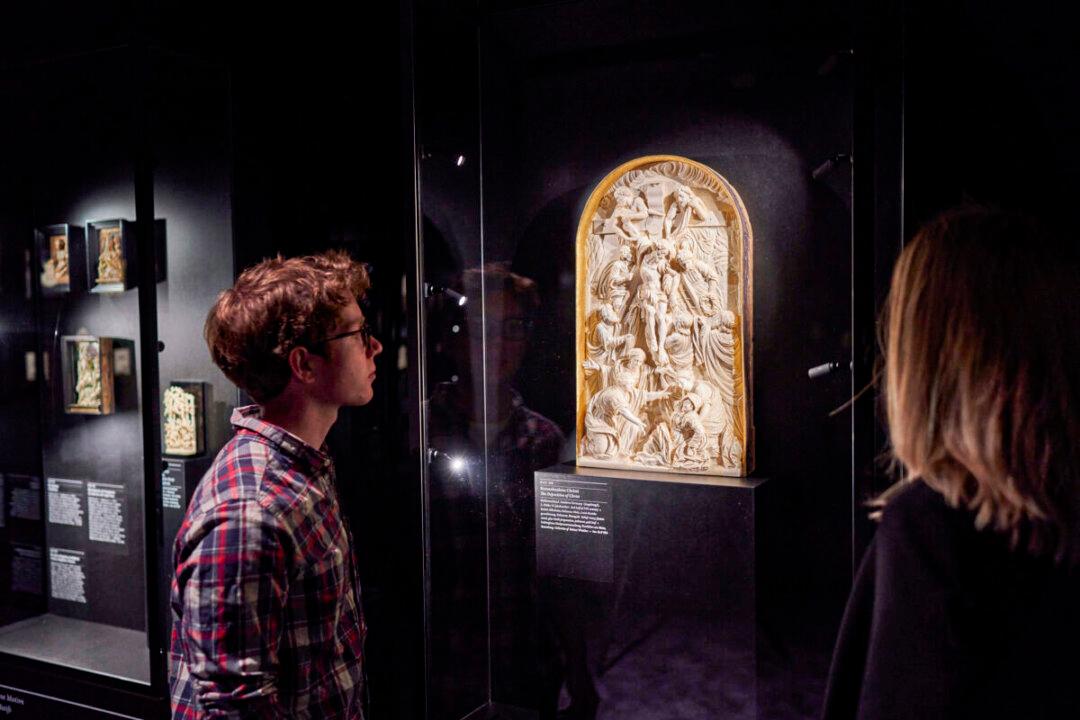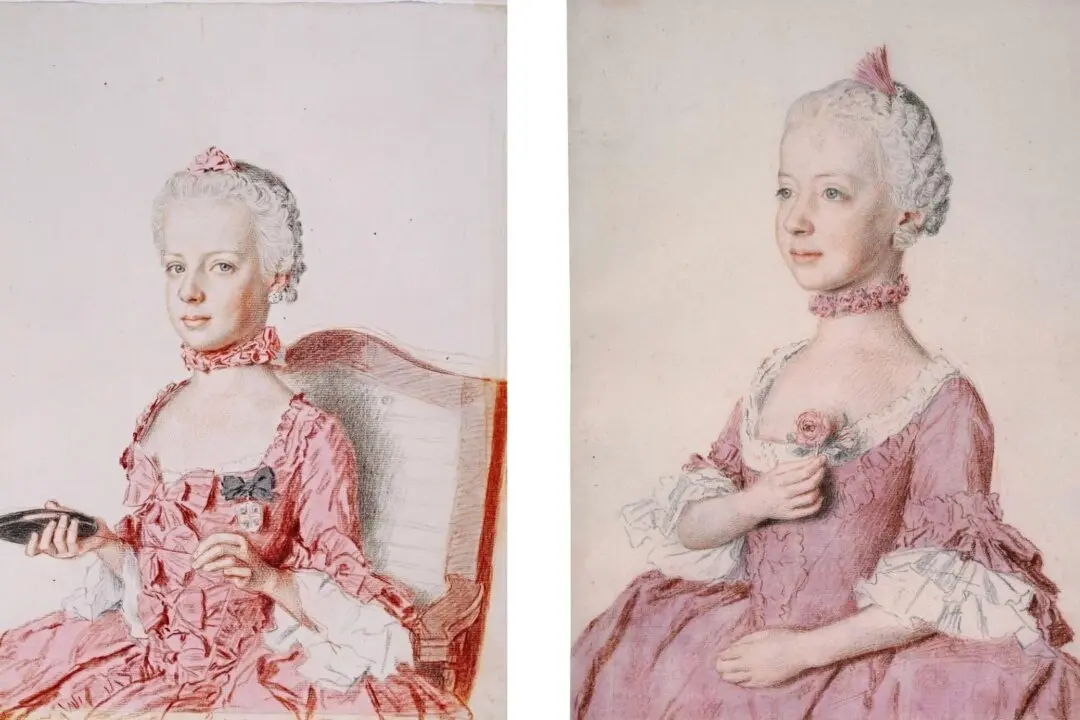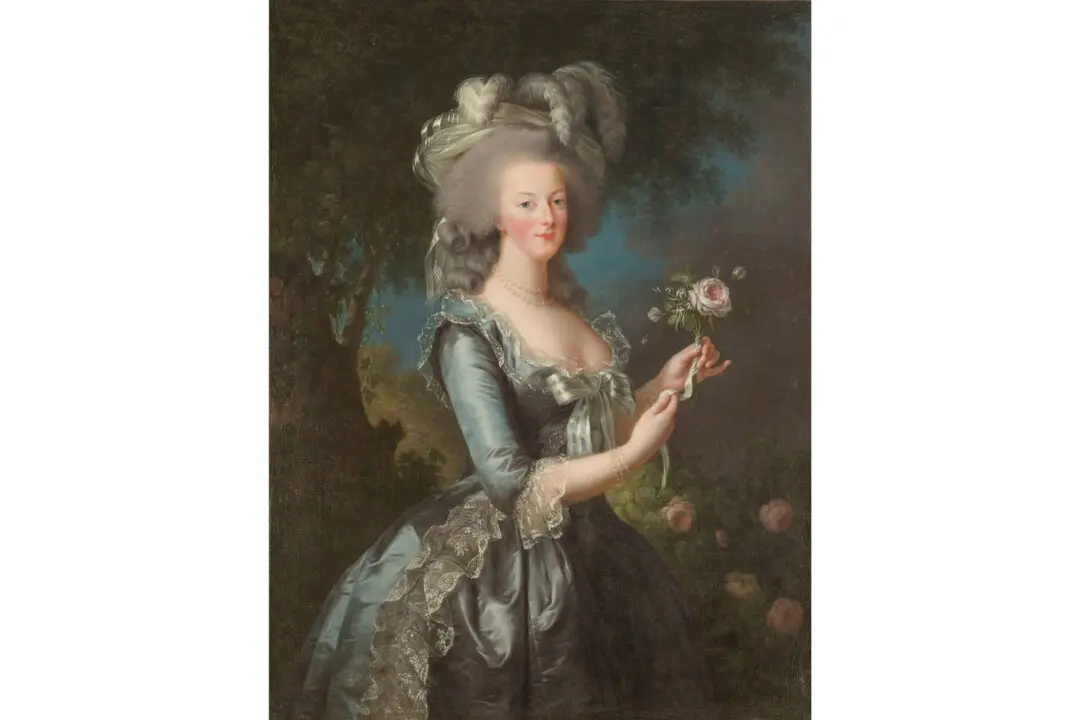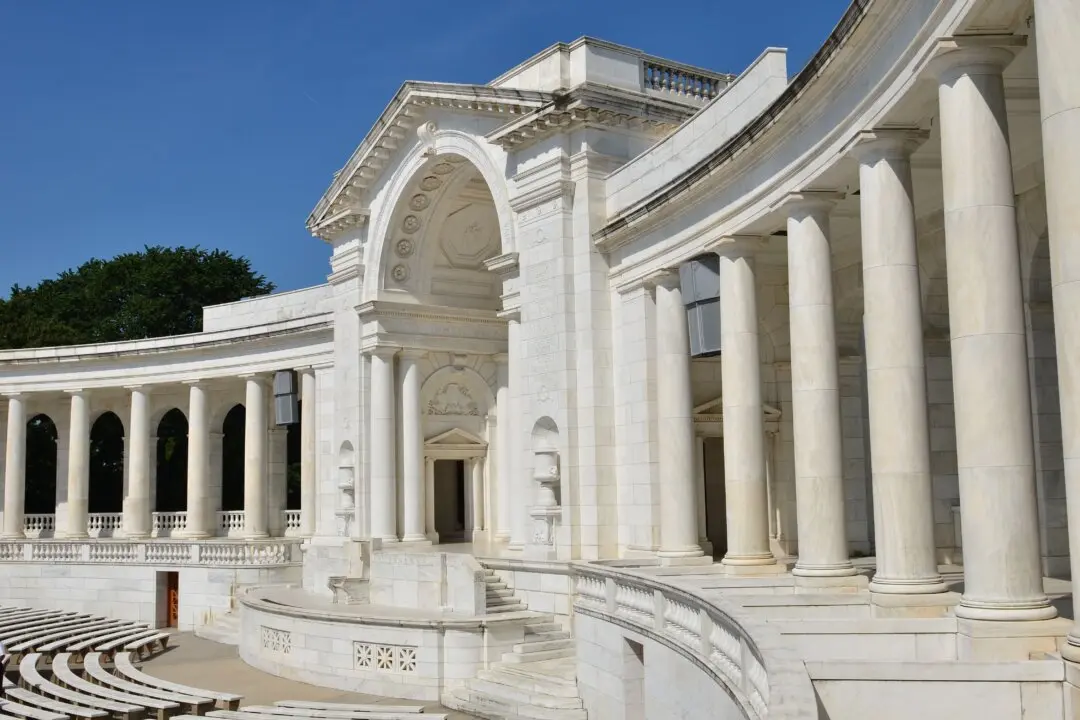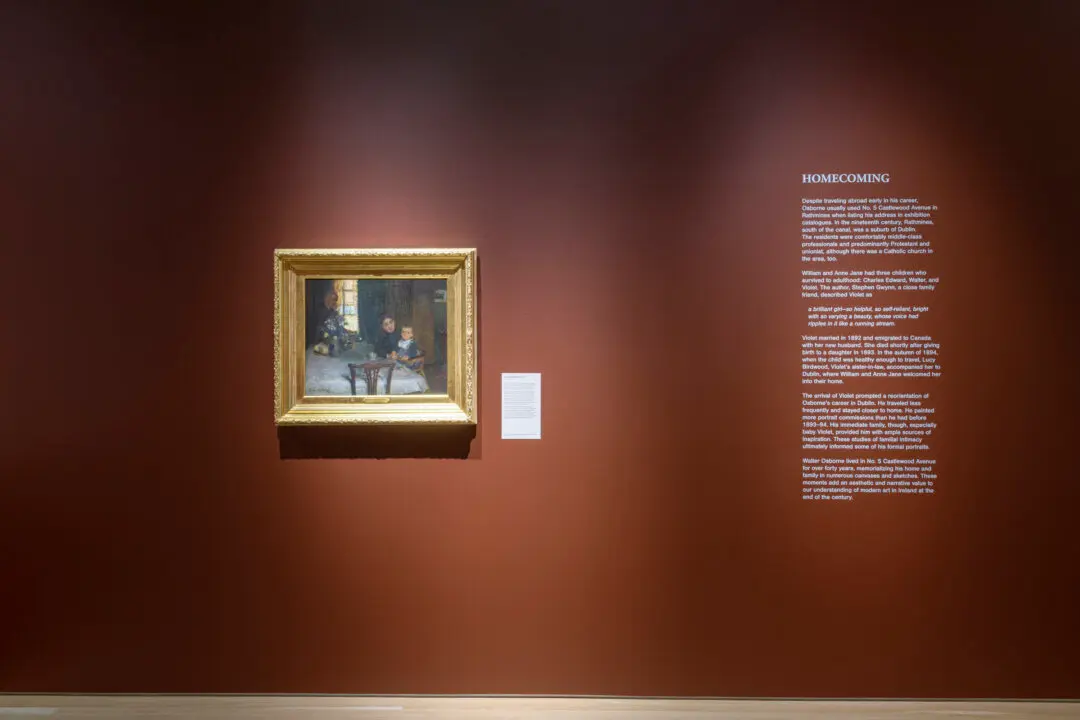In 1962, successful German building contractor Reiner Winkler bought his first ivory artwork, a small 15th-century Gothic panel of the Nativity that was once part of a diptych. And he fell in love with the medium. From that small French piece, only a few inches tall, Winkler began what would become the world’s largest private collection of ivory sculptures.
He focused on collecting works from the golden age of ivory carving: the 17th and 18th centuries. Winkler kept his collection close to him, first displaying the works in a cabinet in his living room along with porcelain and wooden figurines. As his ivory collection grew, he spread the works throughout his home, eventually moving the majority of them to a specially designed room he called “My cabinet of art and curiosities.”

